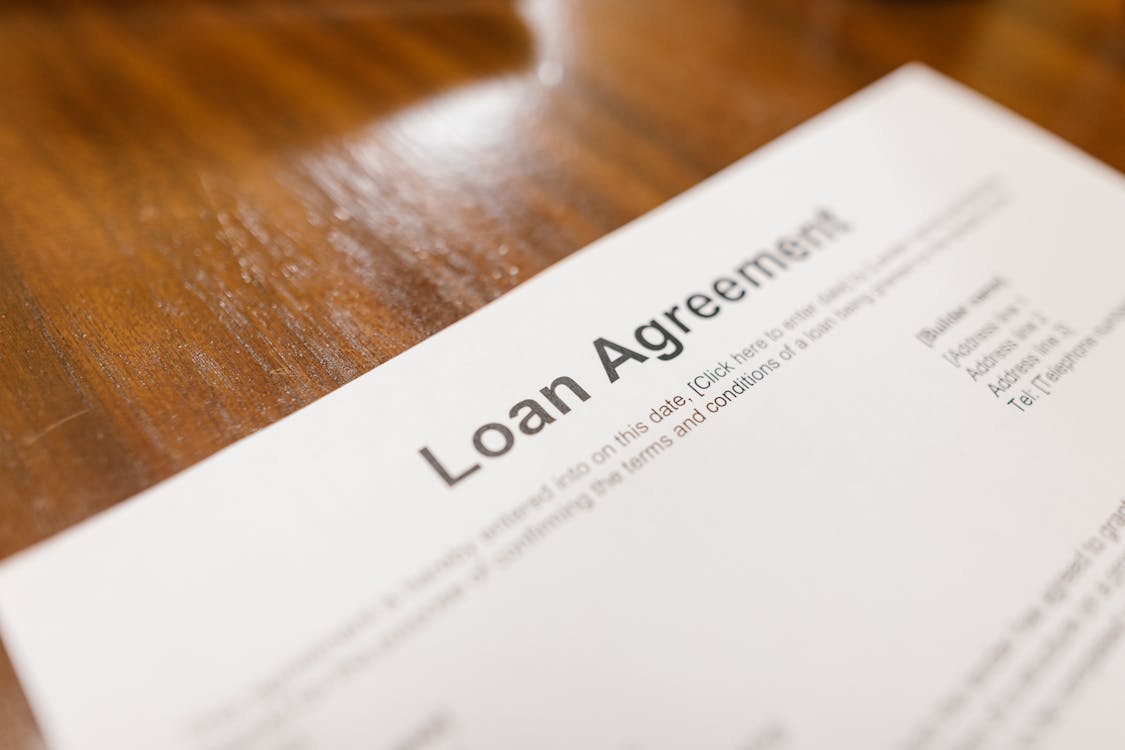For many homeowners, managing multiple high-interest debts can be overwhelming. Credit cards, personal loans, and other debts often come with high interest rates, making it challenging to keep up with monthly payments.
One effective solution that homeowners can consider is using cash-out refinance loans. This financial strategy allows homeowners to tap into their home equity to pay off these debts, potentially saving them significant amounts on interest payments over time.
What is Cash-Out Refinancing?
Cash-out refinancing is a financial process where homeowners refinance their existing mortgage for more than they owe and receive the difference in cash. This cash can then be used to pay off high-interest debts, giving homeowners a way to consolidate their financial obligations into one manageable payment. By replacing multiple high-interest debts with a lower-interest mortgage, homeowners can save money in the long run.

Why Choose Cash-Out Refinancing?
1. Lower Interest Rates: Mortgage rates are generally lower than rates for credit cards or personal loans. By consolidating high-interest debt through a cash-out refinance, homeowners can reduce the total interest they pay.
2. Tax Benefits: In many cases, the interest paid on mortgage loans is tax-deductible, unlike interest on credit cards or personal loans. This can provide additional savings, depending on individual tax situations.
3. Simplified Payments: Instead of juggling multiple payments each month, homeowners can streamline their finances by consolidating debts into a single mortgage payment. This can help in better managing budgets and reducing the stress associated with multiple due dates.
4. Access to Cash: Cash-out refinancing not only helps in consolidating debt but also provides homeowners with cash for other purposes, such as home improvements or unexpected expenses.

The Cash-Out Refinance Process
Understanding the cash-out refinance process can help homeowners navigate their options more effectively. Here’s a step-by-step overview:
1. Evaluate Your Financial Situation: Before starting the cash-out refinance application, homeowners should assess their debts, credit score, and overall financial health. This evaluation will help in determining if cash-out refinancing is the right choice.
2. Research Lenders: It’s essential to shop around and compare cash-out refinance lenders. Different lenders offer various rates and terms, so finding the best fit is crucial for maximizing savings.
3. Apply for a Cash-Out Refinance: Once a lender has been selected, homeowners can begin the cash-out refinance application process. This typically involves submitting documentation related to income, assets, debts, and property.
4. Meet Cash-Out Refinance Requirements: Lenders will have specific cash-out refinance requirements that homeowners must meet. These may include having a certain amount of equity in the home, a satisfactory credit score, and a stable income.
5. Appraisal and Approval: After applying, the lender will order an appraisal to determine the home's current market value. If everything meets the requirements, the loan will be approved, and homeowners will receive the cash needed to pay off their debts.
Cash-Out Refinance Eligibility and Considerations
To be eligible for a cash-out refinance, homeowners typically need to meet certain criteria. Most lenders require that homeowners have at least 20% equity in their home, although some may allow less. Additionally, a good credit score (usually 620 or higher) is often necessary to secure favorable cash-out refinance rates.

Homeowners should also consider their long-term financial goals when deciding on cash-out refinance options in California. While this strategy can provide immediate relief from high-interest debt, it also extends the mortgage term, which can lead to paying more interest over time. It’s essential to weigh these factors carefully and consider consulting with a financial advisor before proceeding.
Potential Drawbacks
While cash-out refinancing can be a beneficial strategy for consolidating debt, it is not without its risks. One of the primary concerns is the potential for losing the home if the mortgage cannot be paid.
Additionally, the closing costs associated with refinancing can be significant, which may offset some of the savings achieved through lower interest rates. Homeowners should ensure they fully understand the cash-out refinance process, requirements, and potential costs before making a decision.
Looking to Refinance High-Interest Debts?
Cash-out refinancing offers homeowners a viable way to consolidate high-interest debts into a single, lower-interest mortgage payment. By leveraging home equity, homeowners can significantly reduce their monthly financial burden and save money on interest payments over time.
However, it’s crucial for homeowners to thoroughly evaluate their options, understand the cash-out refinance requirements, and consider their long-term financial goals before proceeding.
For those in California, Texas, New York, or anywhere in the U.S., looking for tailored cash-out refinance options, Insula Capital Group is ready to assist. The cash-out refinance provider can offer insights into the cash-out refinance process and help determine eligibility and the best financing options.
Homeowners are encouraged to explore this financial strategy to gain control over their debts and achieve greater financial stability.
Get in touch now.
Author Bio
The author is an experienced financial writer specializing in home financing solutions, including cash-out refinance options. With expertise in personal finance, they provide valuable insights into navigating the cash-out refinance process effectively.




You must be logged in to post a comment.